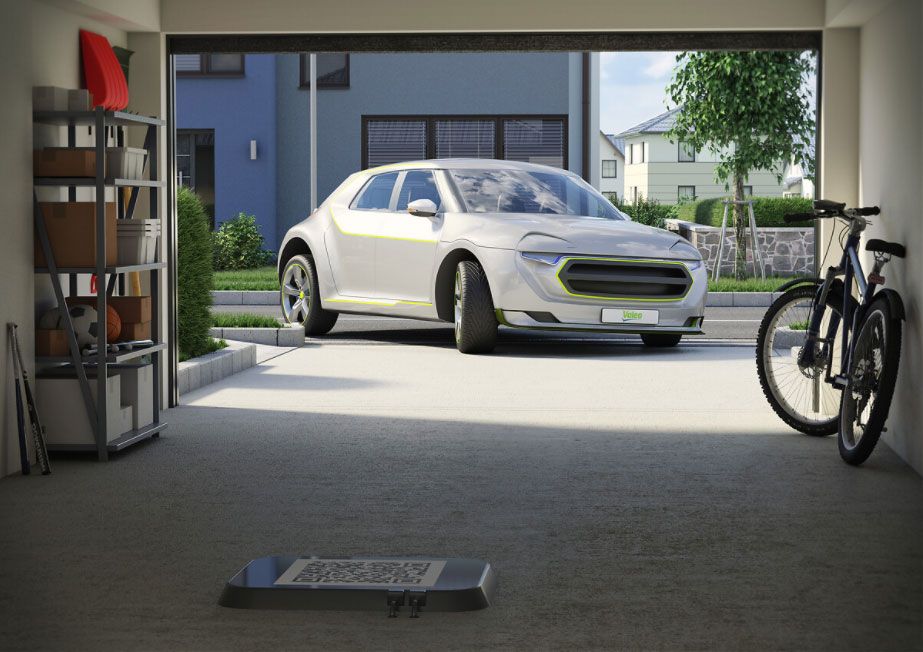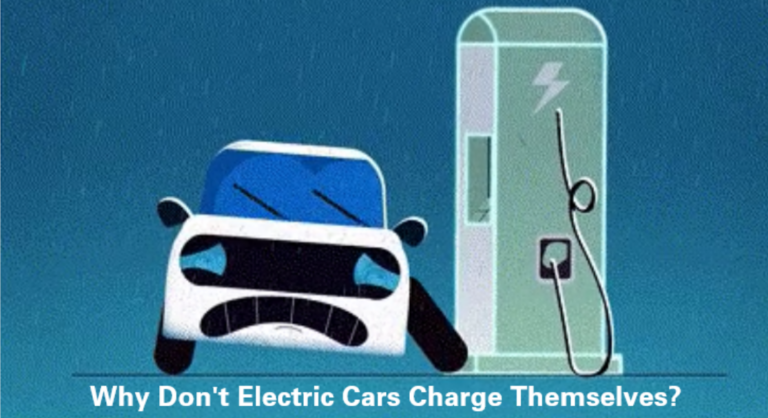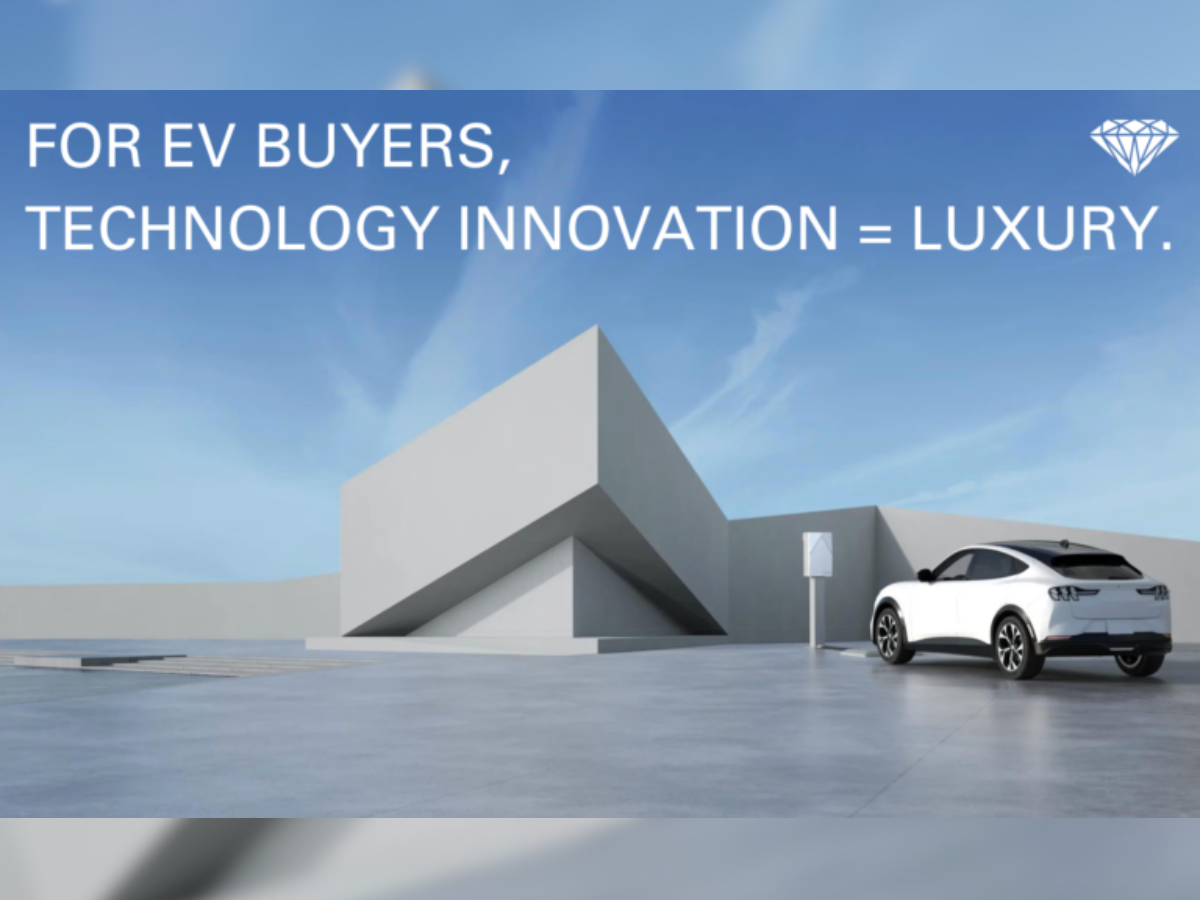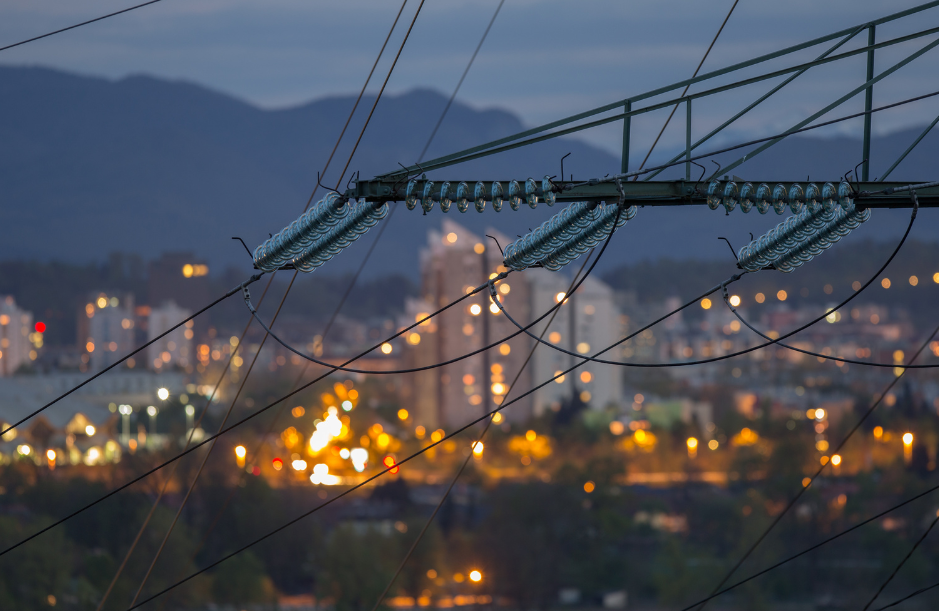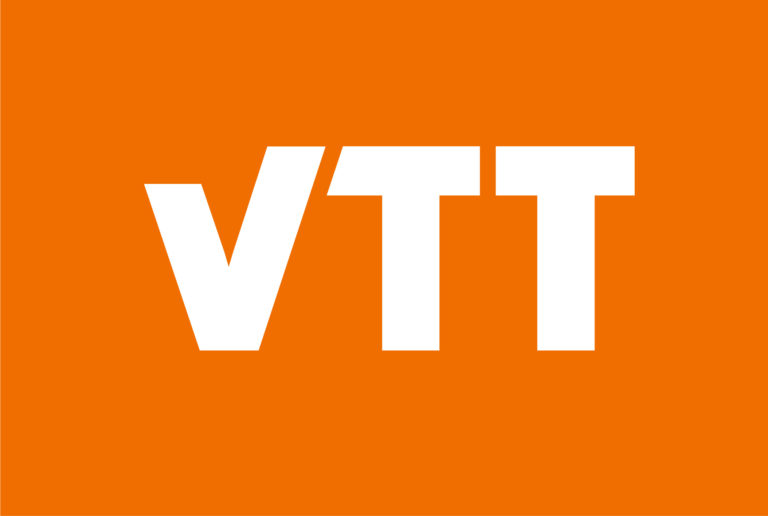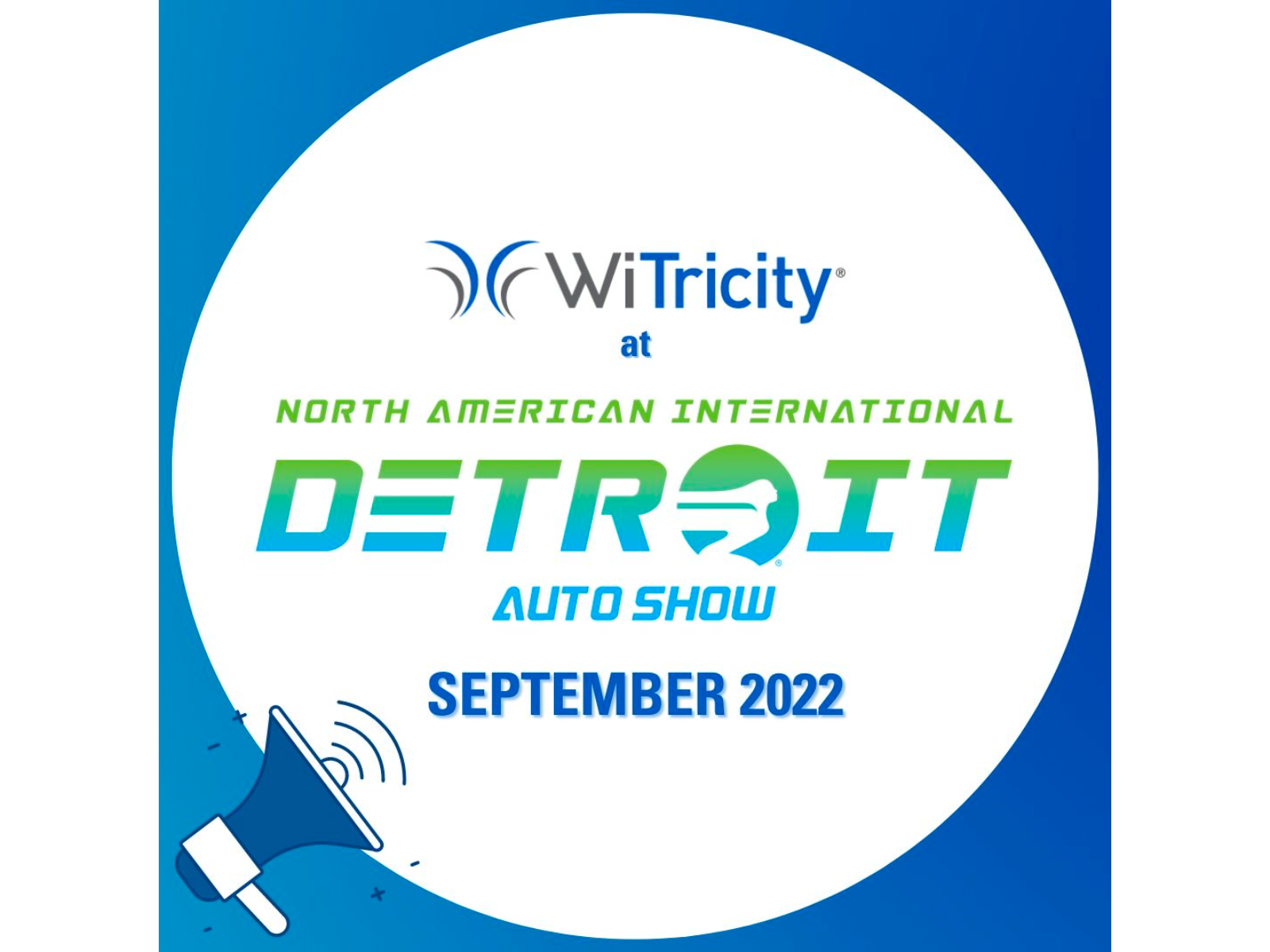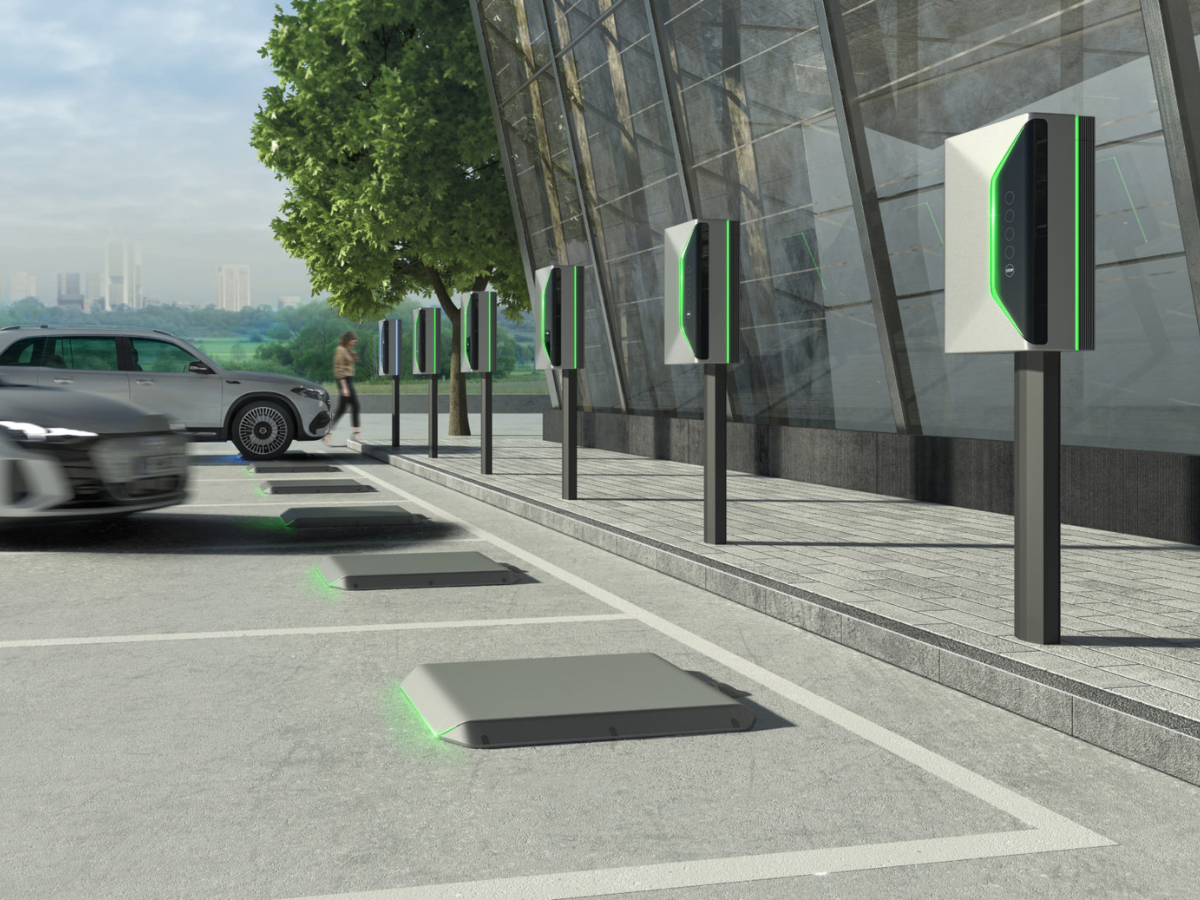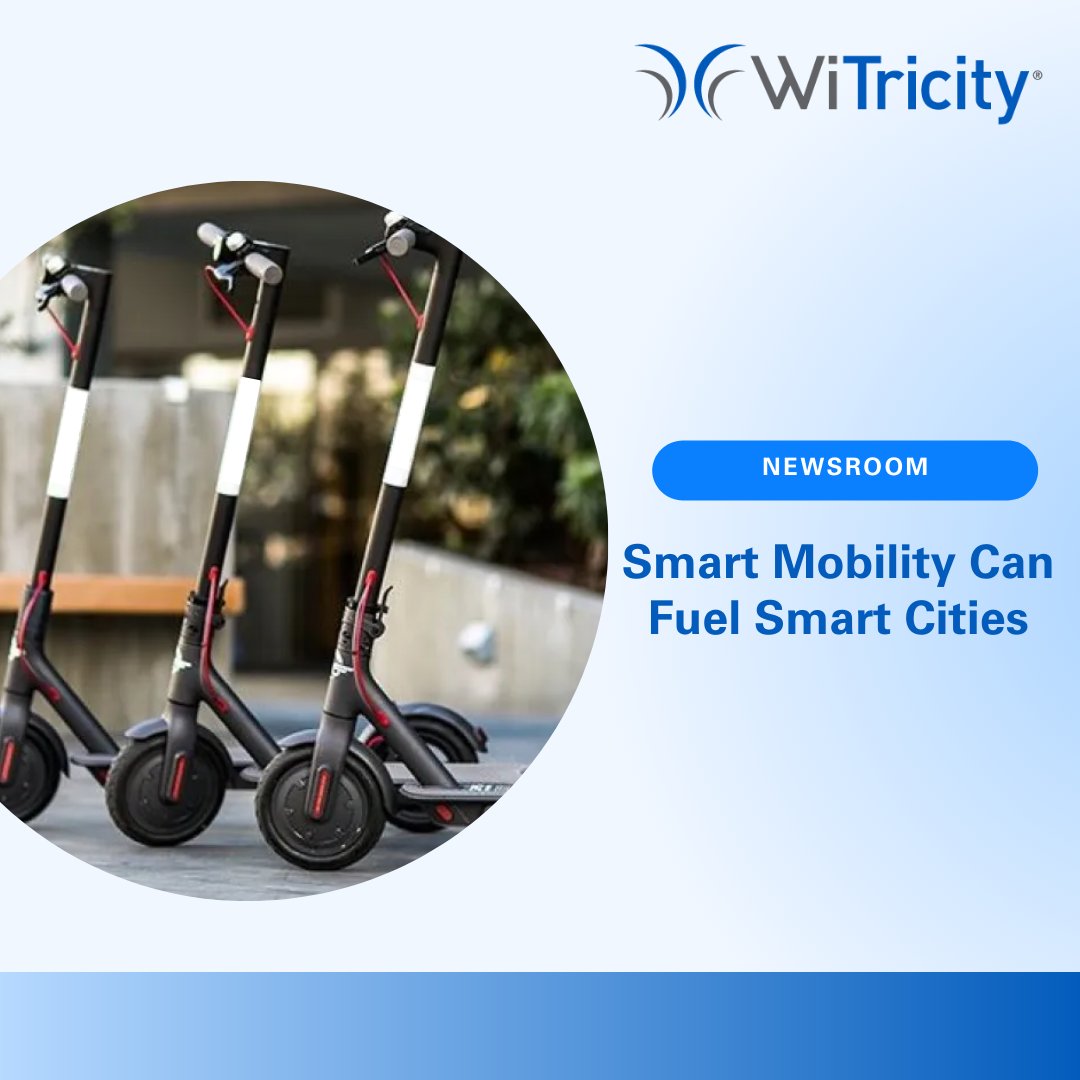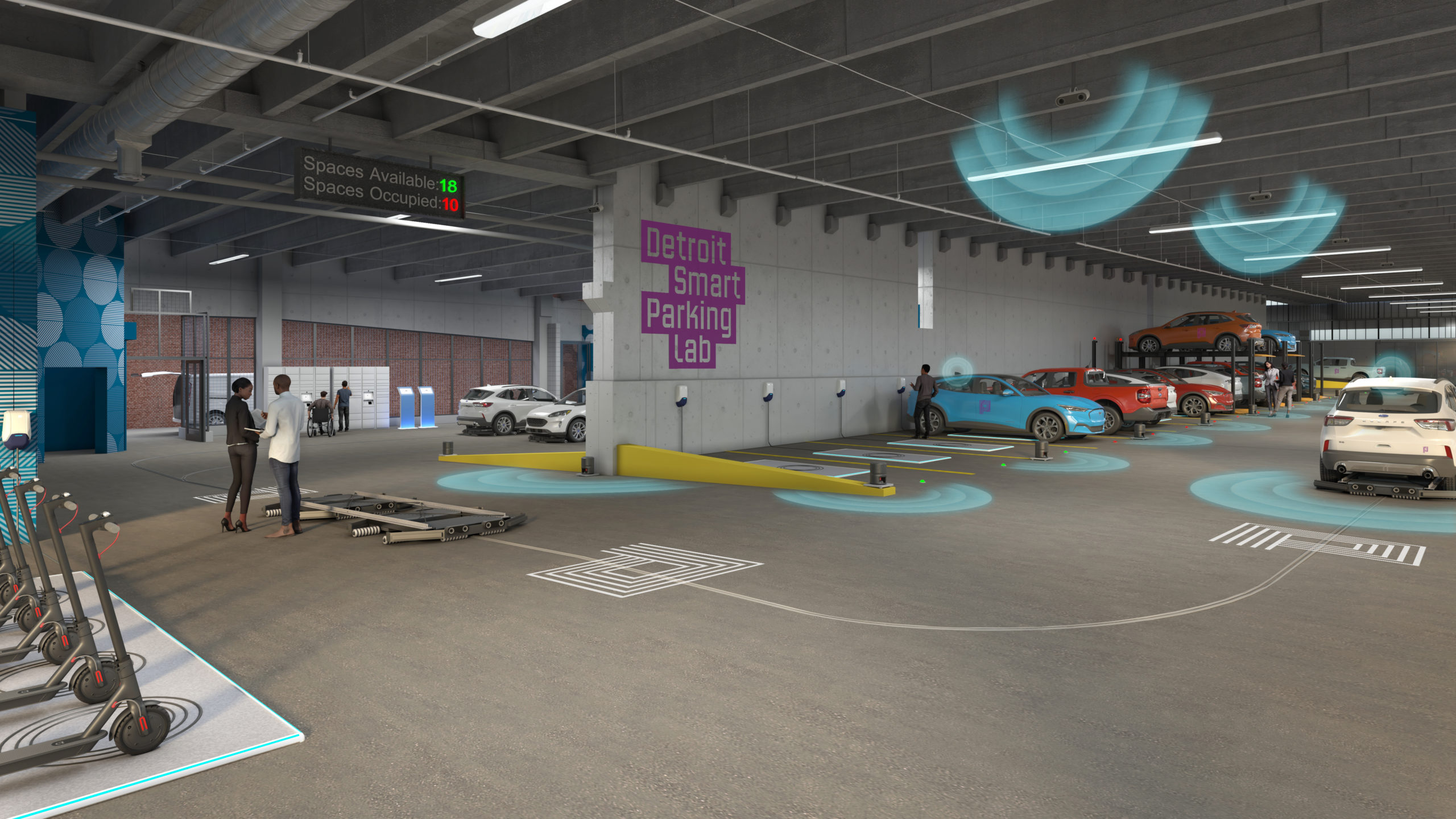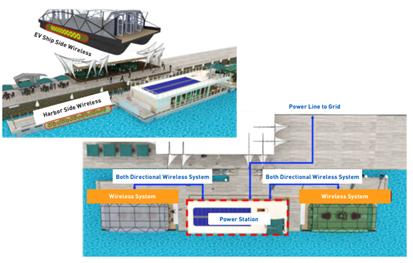Will V2G Go Mainstream?
We are experiencing a global weather crisis. Britain recently recorded its hottest day ever with temperatures hitting a high of 104.5 degrees Fahrenheit. Heat-related deaths have claimed more than 750 lives throughout Spain and Portugal. Fires have exploded worldwide. And triple-digit temperatures have scorched the Midwest and southern U.S for days (and weeks) on end – prompting Texas to ask customers to not charge their electric vehicle during peak hours given the grid’s straining under near-emergency conditions. As a result, Vehicle-to-grid (V2G) technology is looking more and more important.
What Is V2G?
With V2G enabled, electric vehicles can actually help stabilize the grid by addressing the imbalance between periods of peak demand and peak supply – enabling two-way power flow between the grid and the batteries in an electrified vehicle. In a nutshell, V2G allows the vehicle to store electricity during peak supply periods, and then discharge it back into the grid during peak demand periods. The result is a reduction in energy use during high demand times and less stress on our electric infrastructure.
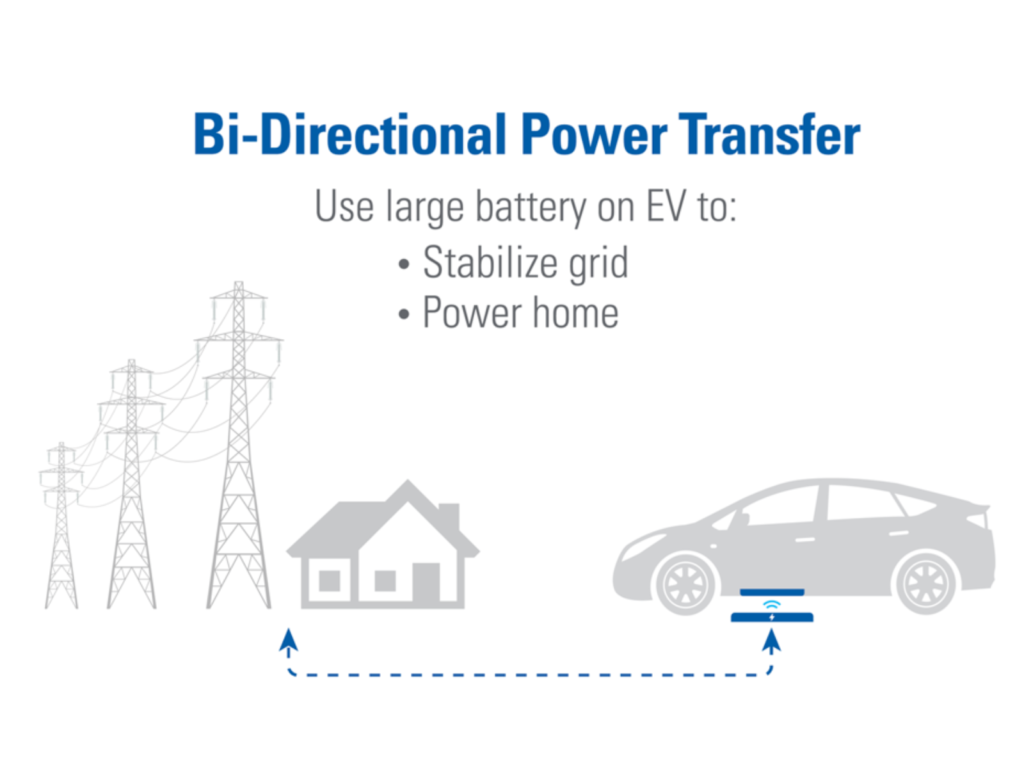
V2G’s Role in Grid Management
As electric vehicles grow in popularity, they can become a key resource for power generation and power distribution companies. EV owners can be encouraged to charge their vehicles during “off-peak” hours, when the owner is sleeping or when demand for fleet services is in a lull. Since most daily driving in the US is under 40 miles, an EV that charges while the driver is sleeping will be ready for the next day – without the need to visit fast charging or other public charging installations. For instance, during periods of extreme heat, consumers and businesses are using air conditioners, fans, and other devices throughout the hottest times of the day to cool homes, offices, warehouses, stores, restaurants, and more. EVs can help reduce the strain by providing energy back to the grid during these periods and charging at night when there’s less demand.
Many people switch to EVs because they are greener – and in many places, alternative energy sources are also being leveraged for a cleaner grid. When solar and wind power are relied on for the grid, V2G can also play an important role in helping to balance the energy supply on cloudy or still days.
Why Wireless?
For V2G to be dependable, the vehicles need to be connected to the charger. Just as wireless charging will simplify connection of vehicles to the grid for charging purposes, it also simplifies connection to the grid for V2G purposes – nobody has to remember to plug in. While a driver with a fully charged battery would have little motivation to connect his or her car to the grid with a cumbersome charging cable while running errands, wireless charging and “power snacking” will make that well-charged battery available to the grid for V2G purposes.
V2G isn’t just for times of extreme heat. Remember Texas in 2021 when its energy grid failed due to extreme cold weather? With V2G power transfer technology, the total battery capacity of all electrified vehicles provides a potentially large energy reservoir that could be used for grid stabilization and to satisfy peak energy demand in any extreme situation.
Does It Work?
WiTricity and Honda demonstrated Wireless charging and V2G in 2017 – and it’s on our product roadmap today. EVs are already amazing cars – it’s not long before they’ll be a critical asset to the power grid.
This article was originally published by WiTricity Corporation.


